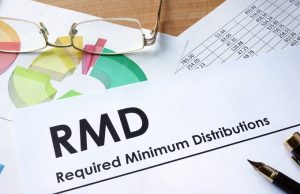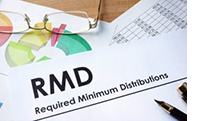 People don’t often think of the IRS as their friend. But there is at least one taxpayer-friendly thing the IRS is known for: its process for people who miss taking their required minimum distributions, or RMDs, from a retirement account.
People don’t often think of the IRS as their friend. But there is at least one taxpayer-friendly thing the IRS is known for: its process for people who miss taking their required minimum distributions, or RMDs, from a retirement account.
If you don’t go about it the right way, though, it can cost you 50% of the missed amount plus interest as penalty. If you follow the steps below, you can possibly get the penalty waived.
The IRS has a guidance that states that the penalty may be waived if the RMD was missed because of “reasonable circumstances.” It doesn’t specify what qualifies as reasonable circumstances, but if this is your first time missing an RMD (even one that covers multiple years) and it was an honest mistake, the chances are good that the IRS will grant a waiver if you correct it right away.
Here’s how to ask for relief from the penalty for missing RMDs. The first step is to withdraw the missed amount. The IRS won’t even consider granting relief from the penalty until you’ve taken care of that. Then, you need to report the mistake to the IRS. You do not have to amend previous income tax filings. The income from the RMD can be included on the return for the year of distribution, along with the current year’s RMD. Just report the mistake to the IRS on Form 5329.
File Form 5329 along with your annual return for the year the missed RMD was finally distributed. (You can also file it as a stand-alone return.) When you complete the form, follow these steps:
- On line 52, report the RMD that should have distributed.
- On line 53, report the amount that was distributed before the deadline.
- On the parentheses on line 54, write “RC” (for reasonable cause) and list the amount you want waived. If you are requesting a full waiver, you should enter “0” (zero) on line 54.
- On line 55, report the penalty that is due. Again, if you are requesting a full waiver, you should enter “0.”
- Attach a statement to the return explaining how the mistake occurred, what you did to remedy that mistake, and how you are making sure it doesn’t reoccur. This statement doesn’t have to be extremely long.
- Do not pay the penalty. After you’ve sent your return, wait for the IRS to inform you if the waiver request has been approved. If it’s denied, the IRS will send a notice requesting payment.




